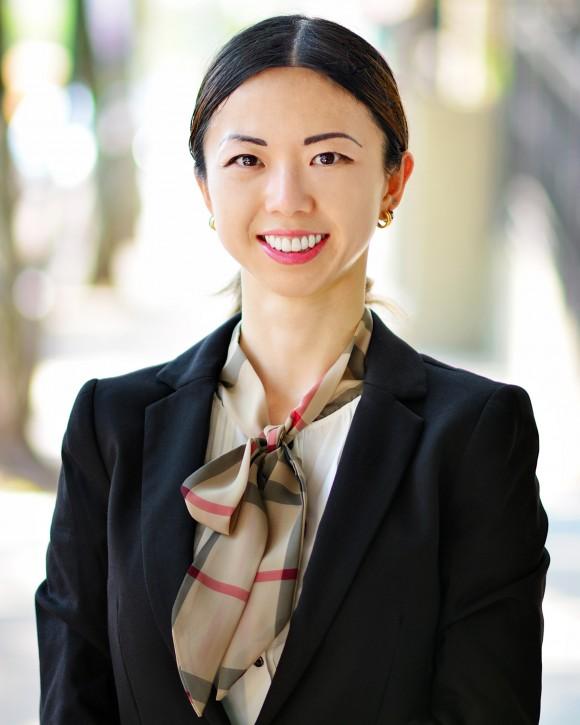Having moved from Germany less than one year ago, Lisa is glad to see her 7-year-old son, Mark, growing up happily in a bilingual school.
Originally from Wuhan, China, Lisa’s husband is German. Last fall, they relocated to New York because her husband’s company, BMW transferred him to the United States. After arriving, Mark adapted very well. “I see my child improving very fast,” Lisa said.

Lisa Huber, a current parent at GISNY.




